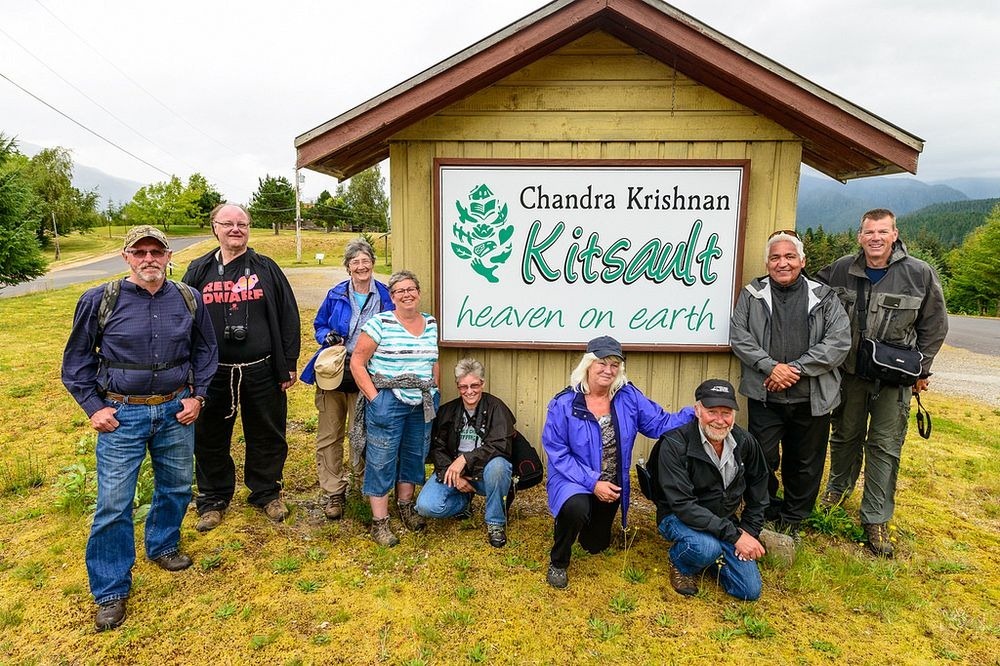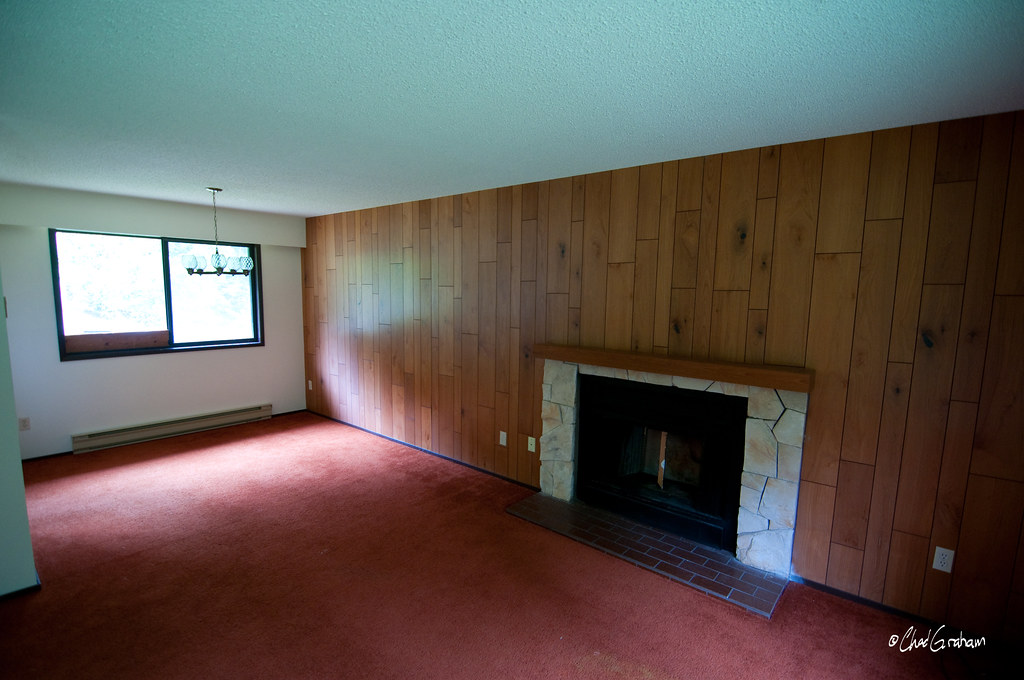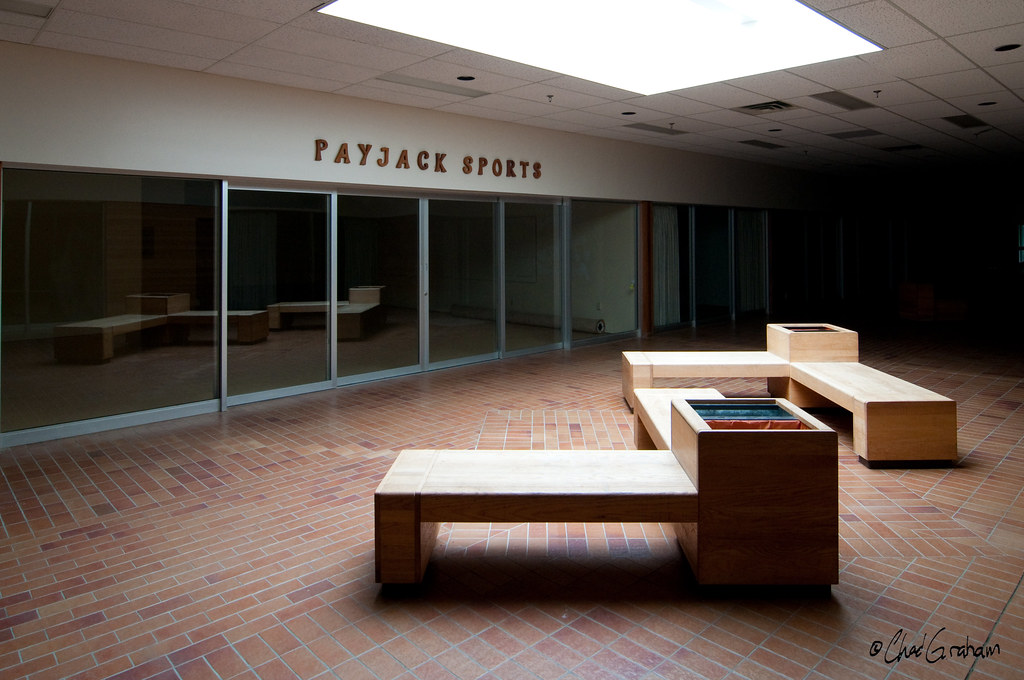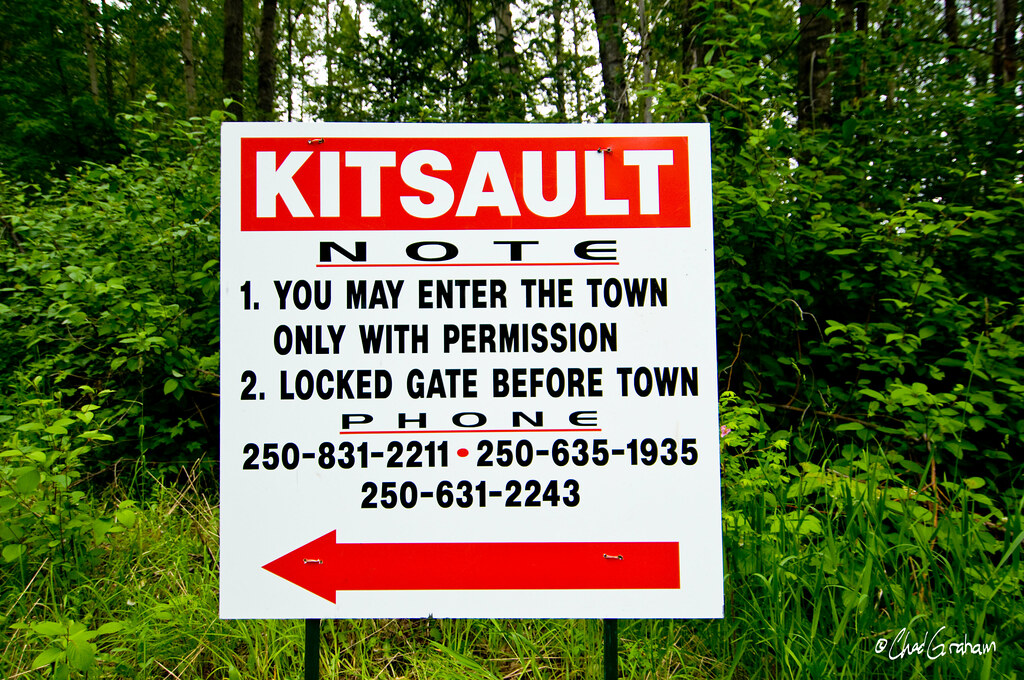Think ghost town and you’ll probably imagine ruins —roofless houses, dirty broken windows, rotting floors, but at Kitsault, on the North Coast of British Columbia, Canada, you’ll find rows upon rows of immaculately kept houses, shopping centers, restaurants, banks, pubs and theaters, all abandoned and sitting empty but untouched and spotless. The town’s lights are always on, the streets are lined with neatly trimmed trees and there are freshly mowed lawns, yet no one has called Kitsault home since 1982.
The town of Kitsault, near the Alaskan border, situated about 115 kilometers down the gravel road from Terrace, had a very brief existence. It began in 1979 as a community of workers of the molybdenum mines. Molybdenum forms hard, stable carbides in alloys, and is often used to provide hardness and corrosion resistance properties to steel. But just as life was getting started in this pristine mountain utopia, the market for molybdenum crashed and the entire town of some 1,200 residents abandoned it.
Photo credit: Bob Steventon/Flickr
This area of British Columbia, at the end of the Observatory Inlet, had been mined for precious and semi-precious metals such as silver, lead, zinc, and copper for nearly a century, leading to the establishment of many boom towns such as Alice Arm and Anyox. Molybdenum was first mined here from the late sixties until the early seventies, but was stopped when profits started to dip. But by the end of the decade prices were back up again as many of the known molybdenum deposits in Alaska, British Columbia and the western United States began to deplete. The American mining company Phelps Dodge jumped in at the opportunity.
A large swath of land several hundred acres in size was prepared for the town of Kitsault, and a massive construction project, on a scale that had never been seen in Northern British Columbia, began. Ships arrived with building supplies into Kitsault’s deep water fiord. A gravel road from Terrace was hastily built through the mountains. Engineers and construction workers poured in from all over North America, drawn by high-paying construction jobs.
More than a hundred single-family homes and duplexes were built, and seven apartment buildings with over two hundred suites. There was a modern hospital and a shopping center, restaurants, banks, a post office, a pub, a pool, a library, and two recreation centers with Jacuzzis, saunas and a theater. Cable television and phone lines were laid underground. There was a state-of-the-art sewage treatment plant and the cleanest running water in the province.
Barely 18 months after the first families had settled in, the molybdenum market crashed caused by a badly timed recession and the arrival of molybdenum by-products. The mines closed and people started moving out and Kitsault was forgotten.
In 2005, India-born American entrepreneur, Krishnan Suthanthiran, bought the town for $7 million and began charting its revival. Since then, the millionaire has poured an estimated $25 million on upgrades and upkeep. More than a dozen caretakers make rounds of the houses and other structures, checking on their conditions and making repairs. They mow the lawns, trim the trees and sweep the streets.
Suthanthiran plans to recoup his investments by turning Kitsault into a hub of British Columbia’s Liquefied Natural Gas (LNG) industry. The future of the town depends on the success of this LNG project.

Photo credit: Bob Steventon/Flickr
Photo credit: Bob Steventon/Flickr
Photo credit: Bob Steventon/Flickr

Photo credit: Bob Steventon/Flickr
Photo credit: Bob Steventon/Flickr
Photo credit: Bob Steventon/Flickr
Photo credit: Bob Steventon/Flickr
Photo credit: Bob Steventon/Flickr
Photo credit: Bob Steventon/Flickr
Photo credit: Bob Steventon/Flickr
Photo credit: Bob Steventon/Flickr
Photo credit: Bob Steventon/Flickr
Photo credit: Bob Steventon/Flickr
Photo credit: Chad Graham/Flickr
Photo credit: Chad Graham/Flickr
Photo credit: Chad Graham/Flickr

Photo credit: Bob Steventon/Flickr
Source: www.kitsault.com / The Globe And Mail / National Post



























On another site where this was featured, someone suggested having homeless people move into the town. So to prevent any similar comments here, let's go over why that's a dumb idea. The town is surrounded by wilderness and other abandoned towns/sites. It's over 50 miles and 2 hours by car to the nearest living town. Kitsault has no infrastructure. There's water and power, but no goods or services. The hospitals, fire station, and so on, are empty. And I doubt anyone would want to live there as a full-time caretaker, alone in the middle of nowhere.
ReplyDeleteI would go in a heartbeat....... Sounds like heaven..
Deleteid bring people with me and try to turn it into a fully functioning settlement first because i don't think it would be hard to find other people who want to live in an idyllic 1980s town.
DeleteTheir Sears looks like my sears
ReplyDeleteoh I would love to live there as a caretaker, it would truly be heaven on earth.....
ReplyDeleteHow about we move there together?
DeleteHow is that possible I mean they just left their homes? Was everyone related to the market? i first thought that was the result of some sort of chemical radioactive incident.
ReplyDeleteWhen the price crashed for molybdenum the miners were told to leave right away they weren't given an option to stay they had to leave.
DeleteBy products? Are you sure? Bit of a disgrace if they leave the lights on but I doubt they do. Fascinating though.
ReplyDeleteWhat they mean is that the power is still on. Not all the lights.
DeleteThere won't be anyany LNG
ReplyDeleteHow do you know this Della Black
DeleteI thank this is really cool it's a pice of history people should hear about you wouldn't thank that you could loose everything that fast but there it is
ReplyDeleteOn the surface it sounds cool, but over time it would quickly be a bad idea. As someone else said you would have to drive at least 2 hours to the nearest town. If you had an emergency, there is no one coming to help you. your on your own. You need something fixed...figure it out yourself.
ReplyDeleteI would move there tomorrow if I could. I would run a coffee shop and take on some caretaking with my husband
ReplyDeleteI lived there for a summer. It is a beautiful place that had an amazing amount of bears and wolves and was filled with song birds. The crabbing, prawning and fishing is great for a seafood dinner and there are a few beautiful abandoned mines down the bay, but the really cool thing about it is all the wild fruit trees, berries, and edible plants left behind by the past residences. I found chives, onions, garlic, strawberries and apple trees, cherry trees, plum trees and even a MAPLE TREE! I was also able to grow radishes there and was able to catch a couple of salmon over the summer as well. The downside to the place is all the bears, I had a run in with a male grizzly and also a black bear. Had more trouble with the black bear than the grizzly as the dang bear kept stalking me and a few others that had stayed there as well. It eventually got to the point where I launched a bear banger at it. The bear banger was older (Passed expiry date but I was desperate at the time) and it shot quite shorter than I expected and it blew up on its butt! its had a patch of fur missing that looked like the bear from the great out doors. All in all, it was a great place to spend the first wave of Covid. Just make sure you get permission to stay or visit the town or any neighboring places. 10/10 spot, and I am purchasing a nearby cabin.
ReplyDeleteForgot to add that it is really hard to get medical attention as mountain roads can collapse and fill with snow. some of the people here almost didn't make it a few times. Luckily there seemed to always be a traveling boat that could take them.
ReplyDeletei WOULD LOVE TO GO AND LIVE THERE...My husband is a true outdoors man and has lived in the woods as well as worked in the woods....Loves to fish and hunt. Let me know how we can look into this....I'll be packed ASAP.....
ReplyDeleteI would love to take a trip there
ReplyDeleteYou'd need a 3to 6 month supply of food and at least 15 cord of firewood to make it thru the winter.A few years ago a small native village got 10 feet of snow overnight and had to be rescued.theres no postal service,phones,or ambulance or grocery stores!
ReplyDeleteSummer/spring starts in may and is over in august that far north!...sometimes!but It can snow in august or early september,up there!
I went thru northern bc in may,2015,on my way to yukon.weather was nice,but summer is about 3 weeks long between june and july, then all the leaves started to go yellow up around last week of july near whitehorse in july!IN FIRST WEEK OF AUGUST TEMP DROPED TO 3 DEGREES,the plumeted to minus 10 on august 10.
if you like long summers,this place is not for you!
What the owner SHOULD do is leave it all as a giant museum! It's incredible how it's a place frozen in 80's culture.
ReplyDeleteIt sounds like the ultimate in rich persons 'survival bunker' for when the one world government completely destroys modern life. Otherwise known as the 'global reset'. Owner of the place would have a whole town where they, their family & their friends could come to safety & relative anonymity because of the isolation of it. Owner could reasonably charge a monthly or yearly 'reservation fee' for the safe haven from such probable calamity. Such 'reservation fee' would be sufficient to pay for the upkeep, and power & water supply to the town. If I was the owner I'd charge those mega rich people not in actual money but in really good investment deals 'otherwise known as insider knowledge'. There probably aren't enough islands for all the mega rich to purchase exactly the kind of temperature island they want so this would be a sensible option for an end of the world as we know it kind of haven for them. Plentiful wildlife and the houses all having basements could easily be used for growing food with grow lights & aquaponics. It would be an ideal setup for survivalist mentality mega rich. (much better money wise than using it for treating addicts or homeless people.)
ReplyDelete